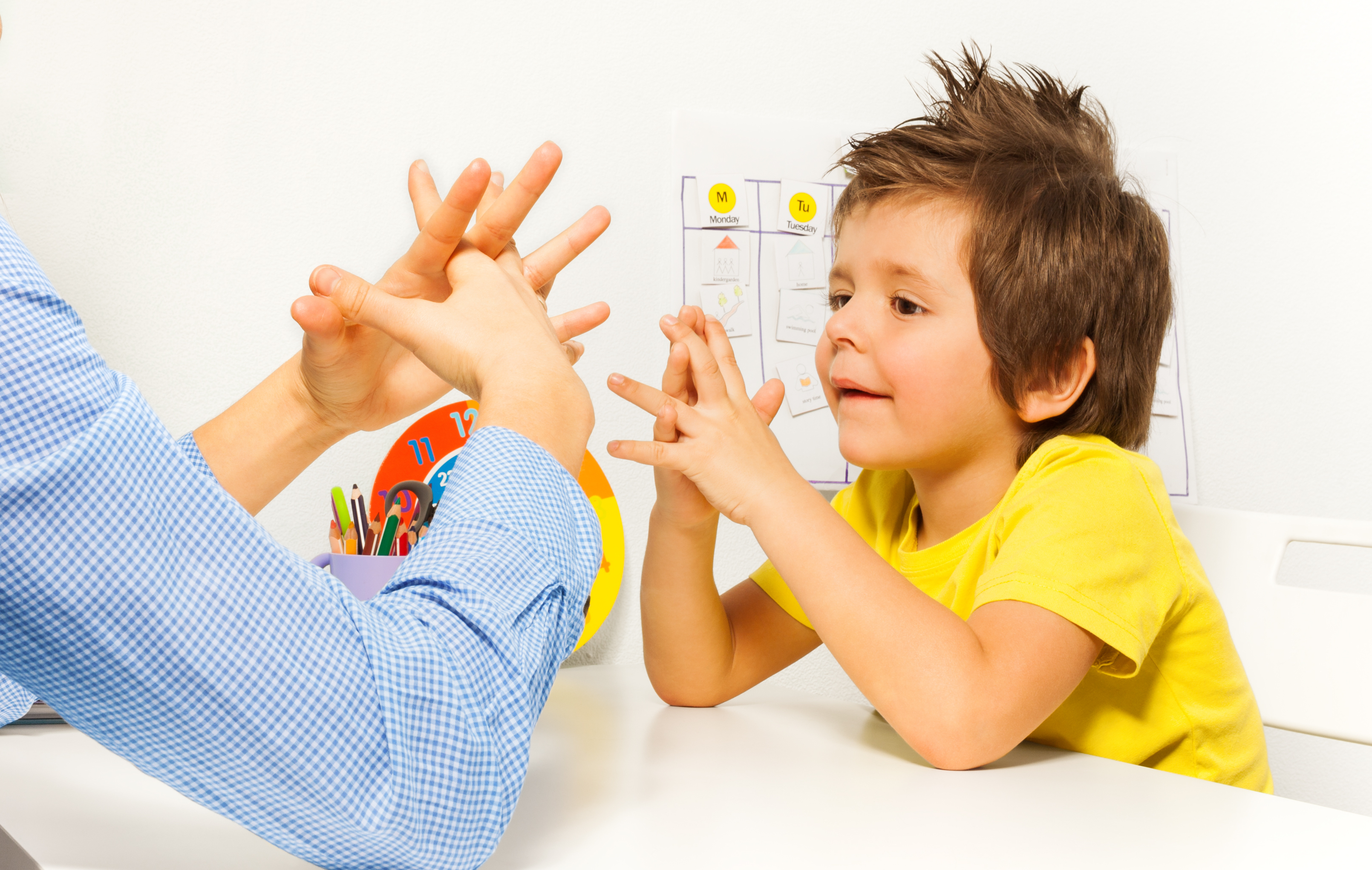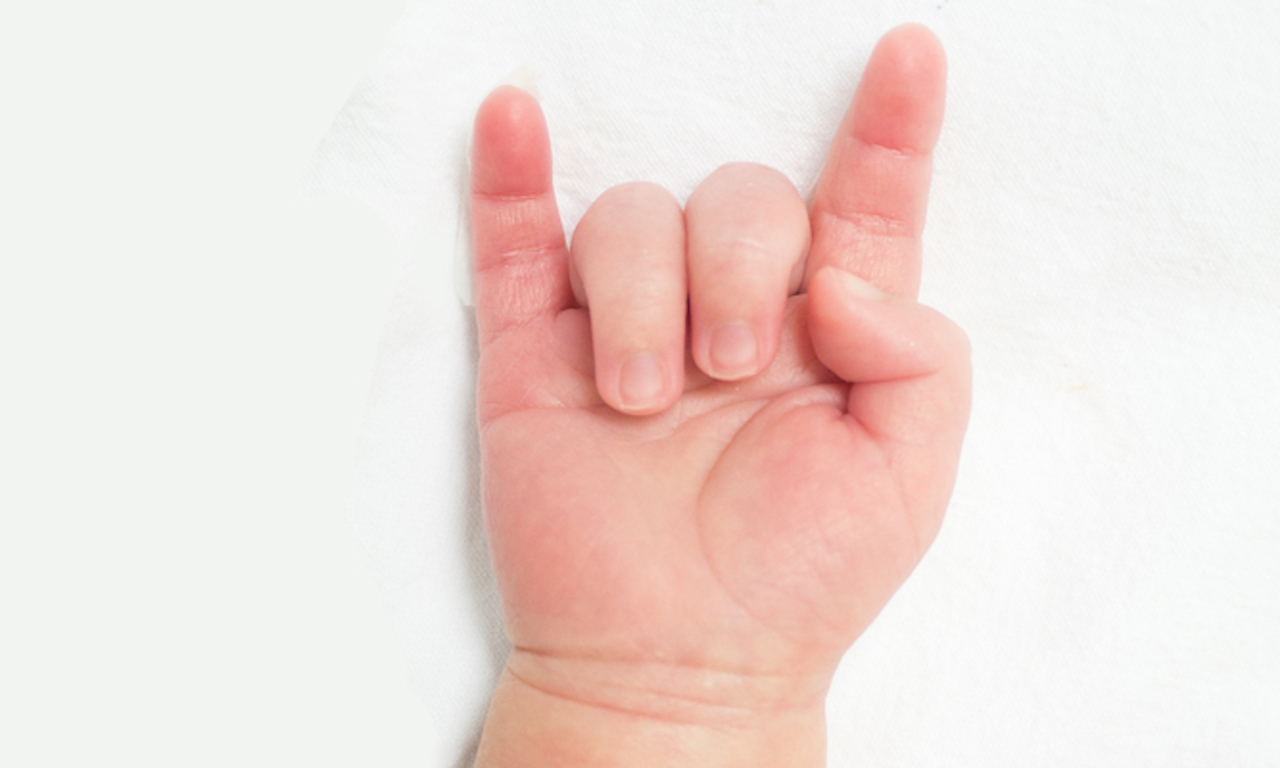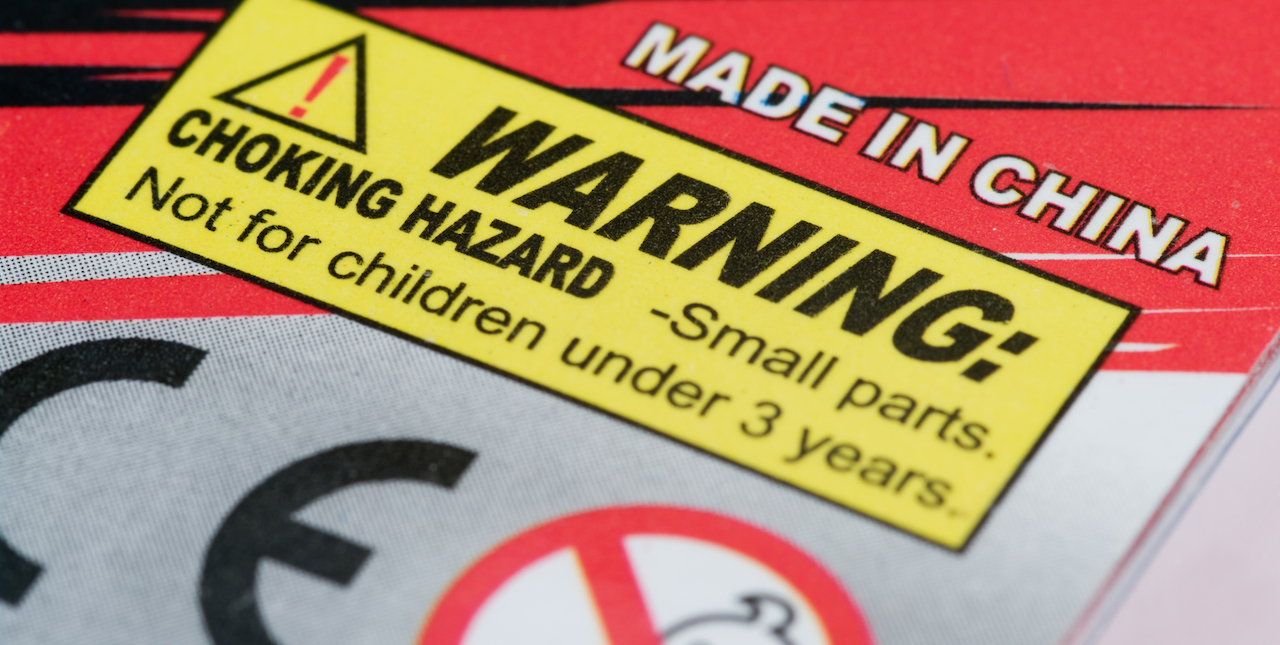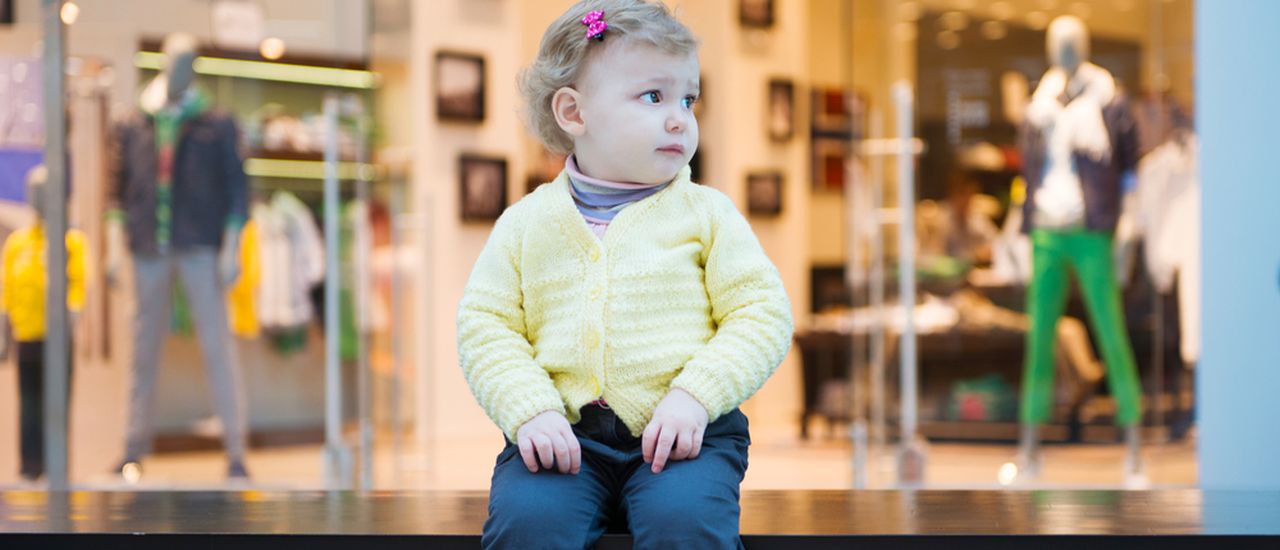Your baby might not be able to read yet, but you can improve his brain development during feeding time. Babies are especially vulnerable while they’re growing and developing, so it’s important to include the right foods in his diet. No one single food will give your child all the right nutrition and vitamins, so make sure to give them a variety of fresh foods.
Good to know
Before you get started with solid foods, keep in mind:
- Talk to your doctor before introducing a new food into your baby’s diet as there may be possible allergies.
- Babies are usually ready to start having solid foods between the ages of four to six months when they’re able to swallow (ask your doctor’s advice).
- Check for other clues. Can he hold his head up straight, sit upright without support, and is he interested in what you’re eating?
- Only offer one new food every seven days. If there’s an allergic reaction, you’ll be able to detect the cause more easily.
Brain helpers
Greek yoghurt
When it comes to a healthy snack for kids, Greek yoghurt is king. It contains complex vitamins that help the growth of brain tissues and neurotransmitters. This super brain food also keeps the brain’s cell membranes flexible, which helps it to send and receive information. Yoghurt is easy to digest, and has double the protein and half the sugar of regular yoghurt. For a sweet treat, blend soft peaches or strawberries along with a serving. Don’t give Greek yoghurt to babies younger than six months.
Avocados
Avocados are filled with good fats. This green fruit has high levels of B-complex vitamins which helps reduce the risk of hypertension. Blend avocado with breastmilk or water to create a creamy puree. You can also add banana for a sweet kick. If your baby is older than 10 months, mash up the avo with a fork for a chunkier texture.
Eggs
Egg are packed with Omega-3 fatty acids, zinc and choline. These all help with concentration. Choline also helps produce memory stem cells. Research found that babies who have at least one egg a day after the age of six months, have higher levels of choline than other babies. Egg is a possible allergen, so check with your doctor if your baby is ready to have egg in his diet. Only the yolk can be served to a baby until the age of one. To serve, hard-boil an egg and pop out the yolk, then mash it with some breastmilk, Greek yoghurt or applesauce.
Fish
Fish might not cross your mind when it comes to baby food options, but it should. Fatty fish like salmon, sardines and tuna contain Omega-3 fatty acids. Think of these as the building blocks of brain tissue. Adding fish to your baby’s diet will help improve his mental skills. You can start feeding your baby fish as early as six months. Serve it pureed or mashed with vegetables like sweet potato.
Berries
Berries contain Vitamin C and antioxidants; all good for brain function and memory. Besides that, it makes a healthy alternative to other sweets. Choose strawberries, blueberries, cherries and blackberries. The brighter the colour, the more nutrition in the berry. To serve, puree berries with applesauce, yoghurt or bananas. You can also stew berries to make them softer by simmering and then blending them with a little water.
References:
- https://www.onhealth.com/content/1/kids_brain_foods
- http://www.momjunction.com/articles/greek-yogurt-recipes-for-babies_00347190/#gref
- https://www.parents.com/recipes/baby-food/how-to-make-avocado-puree/
- http://www.parenting.com/article/should-babies-eat-fish
- https://www.mayoclinic.org/healthy-lifestyle/infant-and-toddler-health/in-depth/healthy-baby/art-20046200
- https://www.webmd.com/add-adhd/childhood-adhd/features/brain-foods-kids
- https://www.webmd.com/parenting/features/brain-foods-for-children#1










